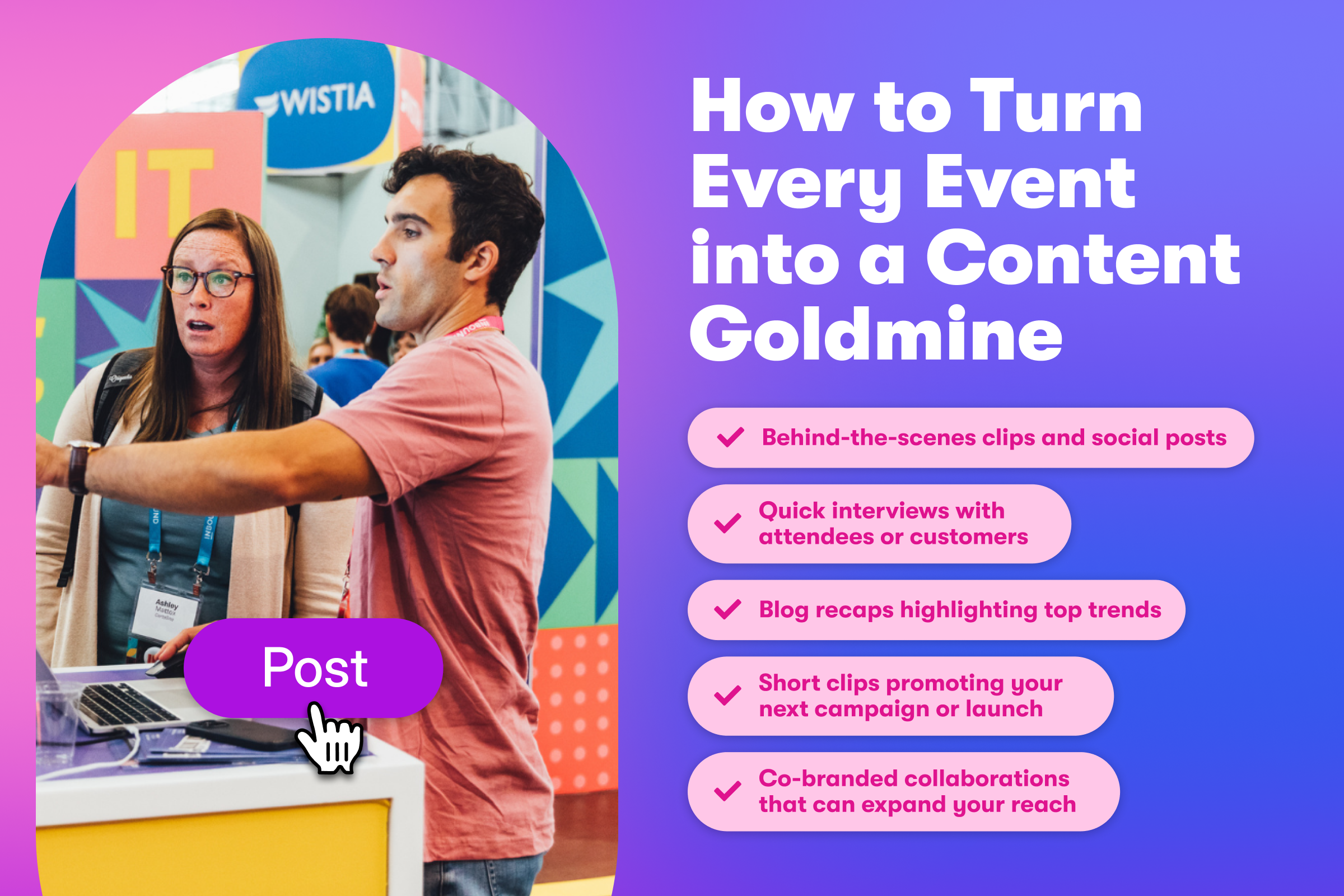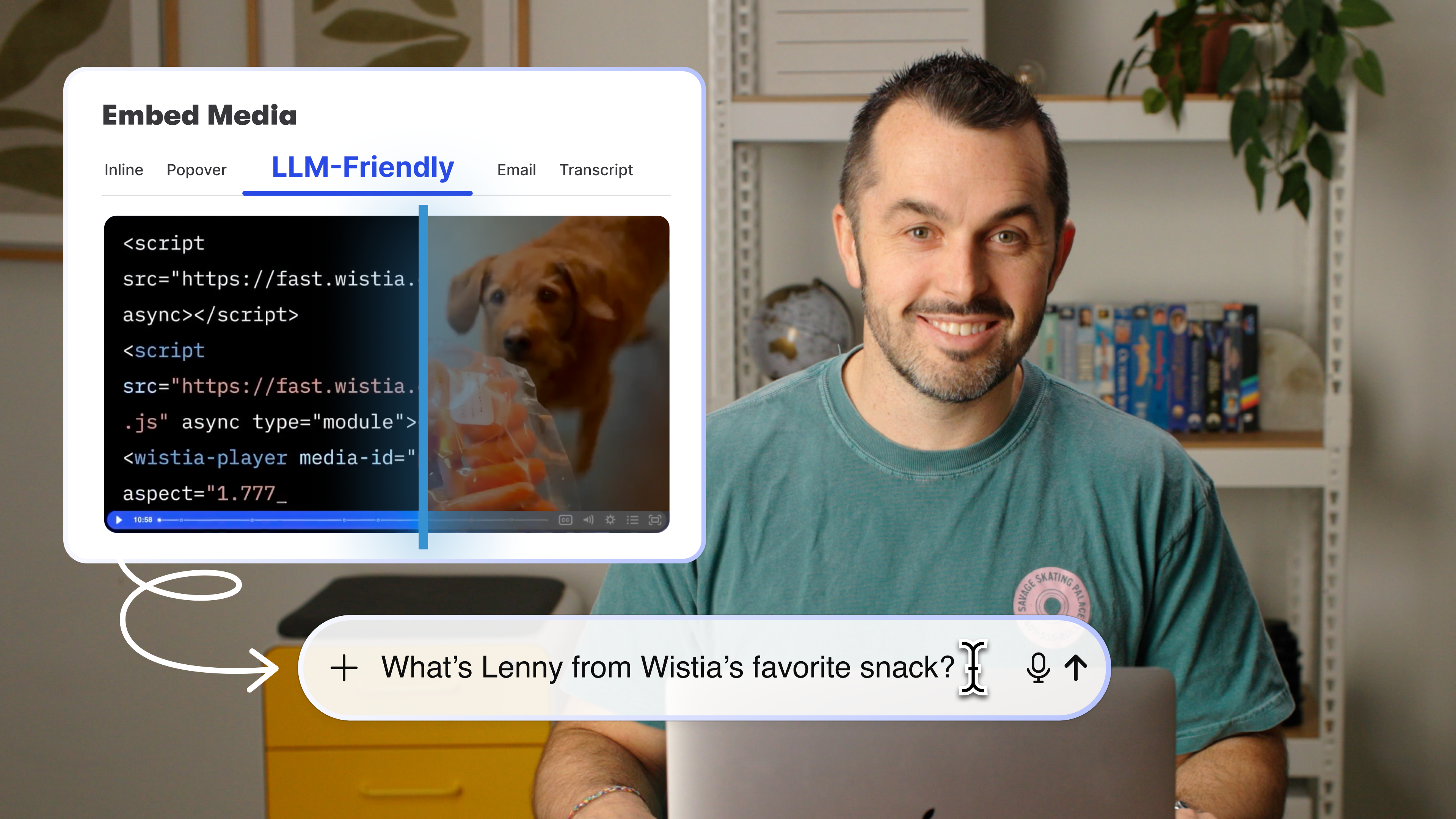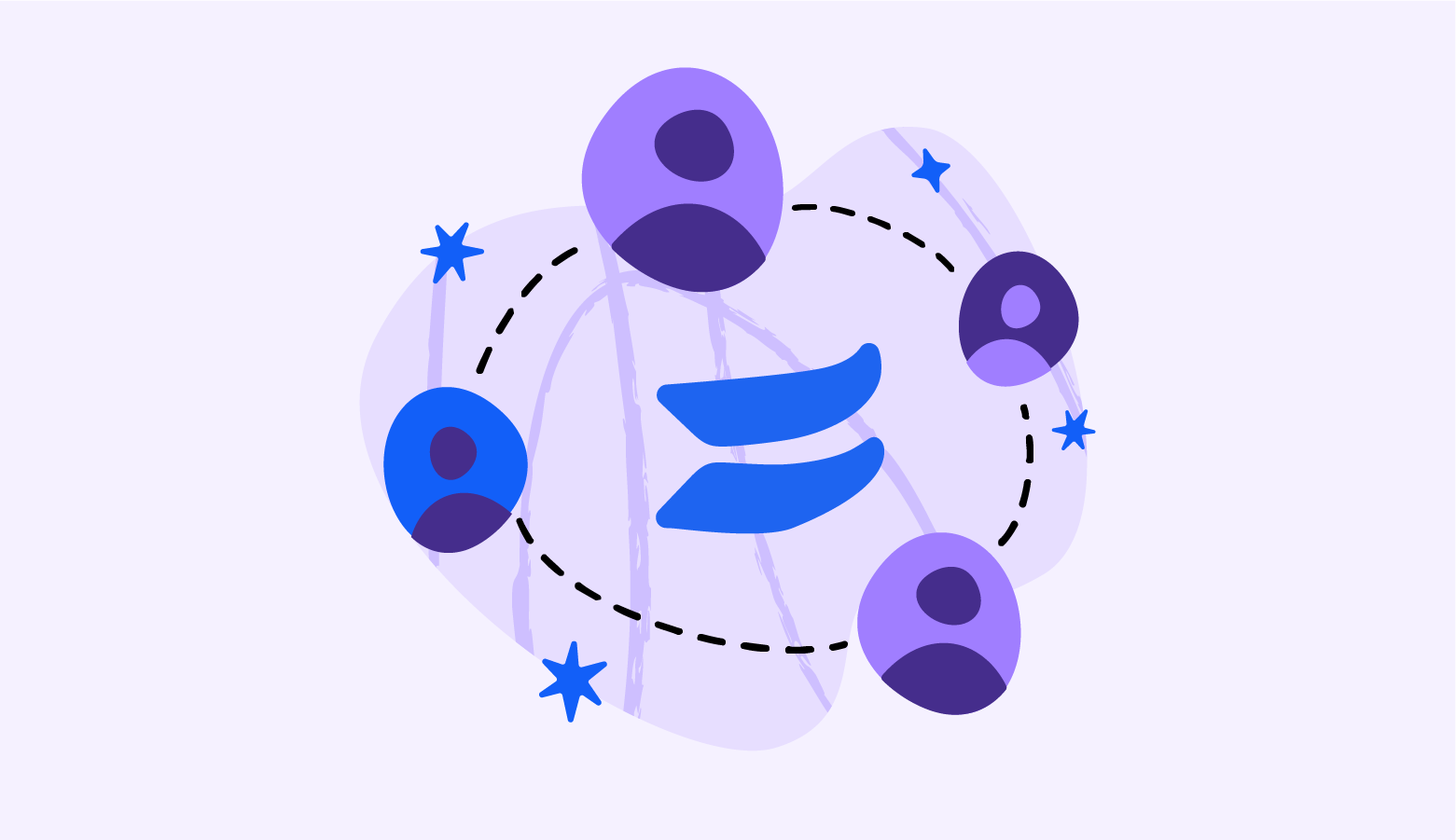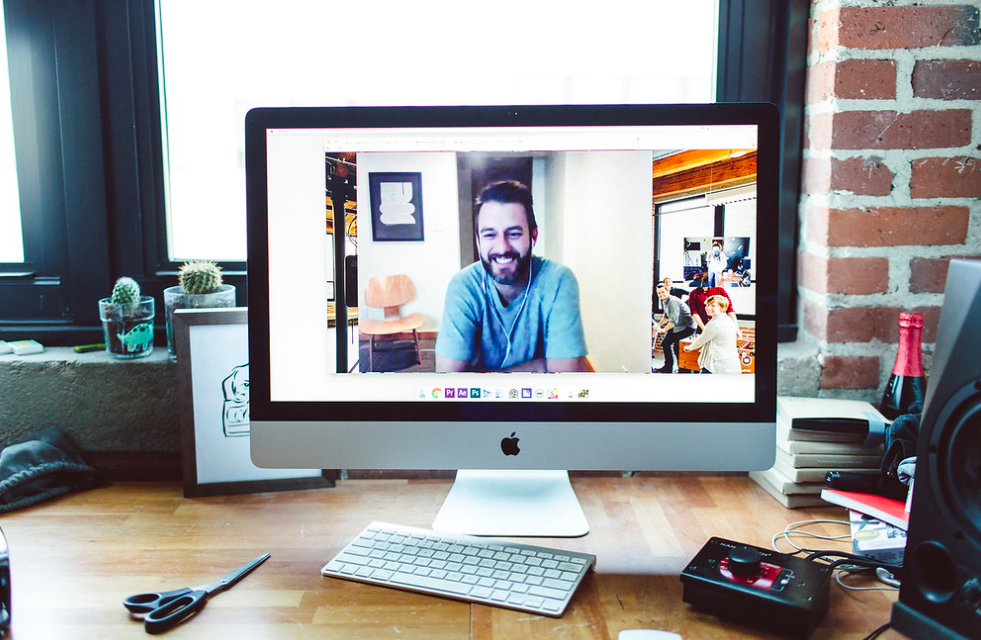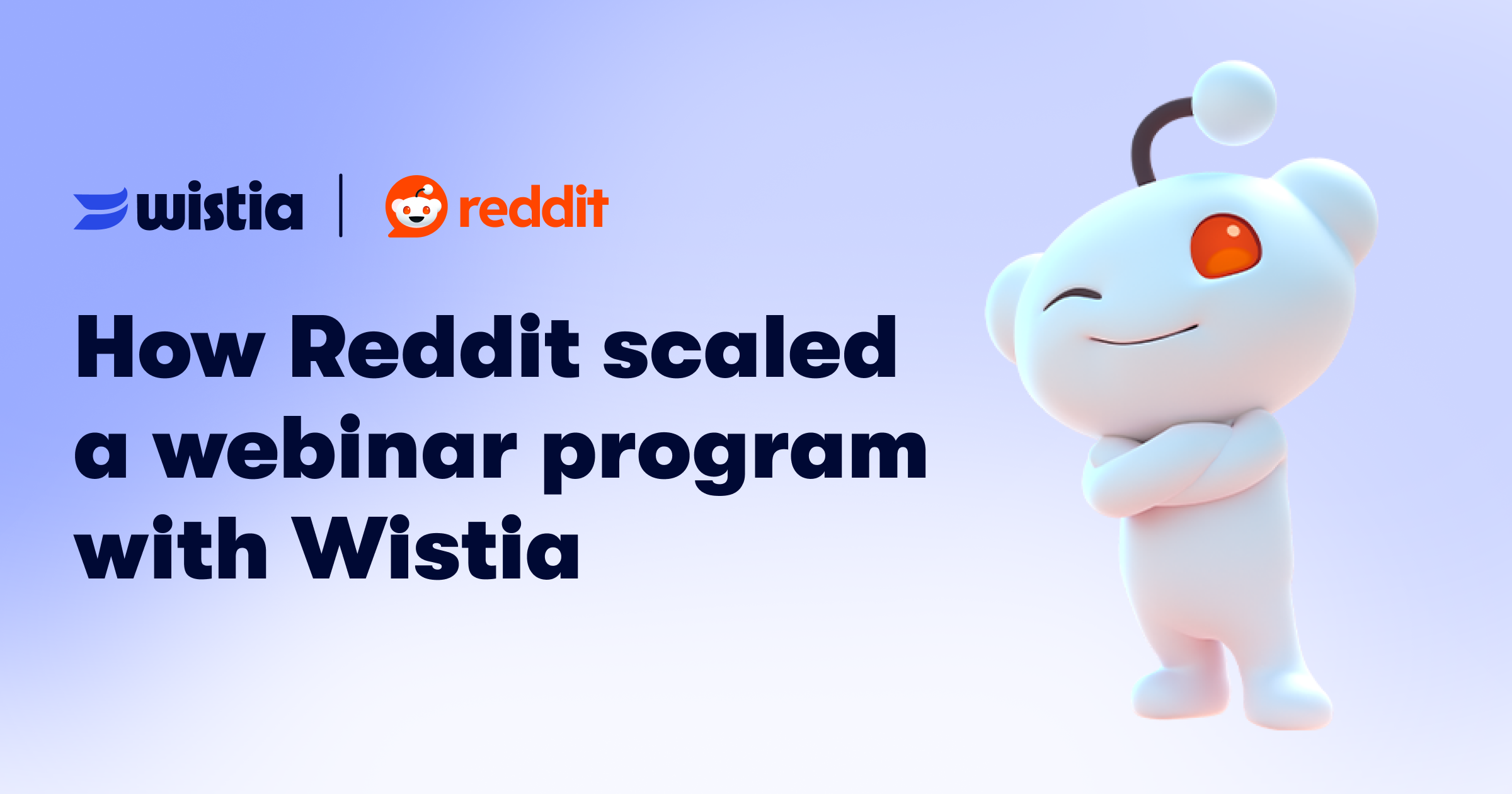How We Made A Fully Animated Short with AI and the Nuances of AI Video Generation
November 17, 2025
Topic tags
In 2012, we made Lenny’s big delivery, a simple video with a cute storyline and no dialogue about a dog on a mission to deliver a VHS tape:
In an effort to test the limits of the latest AI video generation tools, we asked Billy Woodward, a super-talented motion artist and creative technologist, to bring Lenny’s story back to life. He’s a twenty-year industry veteran, having spent years pushing the limits of AI tools to achieve results that feel cinematic.
Using the video from 2012 as our blueprint, we reimagined it as a brand-new AI-generated animated video:
In this post, we’ll guide you through our process for creating the video and touch on the nuances we’ve discovered in using AI for video generation. Let’s dive in!
AI for animation
Can AI really be the game changer that we think it is, putting creative horsepower into everyone’s hands? The latest Sora and Veo models are getting close to crossing the uncanny valley, but they haven’t cracked humans yet. People just know when something isn’t quite right. But animation doesn’t really have an uncanny valley. We already know it’s not real, so our brain stops scanning for flaws and starts focusing on the story.
For our animated short, we aimed to test if we could make a quality animated short quickly, affordably, and with emotional impact.
We broke the work into four buckets:
- Character development
- World-building
- Life in motion
- Human touches
Character development
Billy’s first step was character development for Lenny and other characters in Midjourney.
To prompt, he didn’t simply type in “animated red dog” and call it a day. He refined, experimented, and tweaked until the image in his head finally came to life. He used references and animation style tokens to refine the aesthetics we liked best.
“It can take dozens of generations, paired with plenty of pivots and prompt pushes, to get your character designs correct. This is especially true when basing it on real-world references. The more tokens you use, the more direction you provide, and the more you envision the final image, the better your results. Quick tip: If you find a generation that you like, but it’s still not quite right, toss it into your style reference within Midjourney. It will guide the generations further toward that style.”Billy Woodward
Character consistency
One great frame doesn’t make a film. Character consistency has been one of the most significant challenges in AI video. How do you maintain the same amazing Lenny across dozens of shots with different angles, lighting, and environments?
Billy figured out a trick with some of the latest AI generation tools. Here’s where the real magic happens.
With our Lenny locked in, Billy hopped into Nano Banana and Seedream to generate a full 360-degree character sheet. Essentially, we envisioned what he looks like from every conceivable angle. For the first time, we can maintain a character’s appearance consistent across multiple generations in different settings with different camera moves.
This is what unlocks real storytelling that actually makes sense from shot to shot.
World-building
Once we finalized our main character, it was time to drop him into our animated world.
Generating places has actually been good for a while — it’s like real-life location scouting. Based on the rough idea we had in our head, we knew we needed Boston streets, a sausage shop, a park, a fountain, and our final office setting.
Using the same prompt sculpting approach, Billy assembled a bunch of location options. When he needed something super specific, he used Google Street View screenshots as reference images inside Midjourney.
Just like the character sheet, using the same reference-based workflow, we could get consistency across every shot. So we didn’t just have a storefront in Boston. We had the wide shot, the medium, and the close-up all matching in tone, structure, and lighting. That’s what made it feel more cinematic and real.
Life in motion
Now, let’s break down how we put our characters and world into motion. AI video models run on start and end frames. You’re basically given point A and point B, and letting the AI figure out what happens in between.
During this process, we put on our cinematographer hats and thought about the angles, lenses, movement, and the emotion we wanted to convey in the shot.
With tools like Nano Banana and Seedream, we dropped Lenny into any scene, picked a camera position, and directed the shot as if we were on set.
If we needed even more precision, we stitched together multiple image generations in Photoshop to nail framing and continuity.
To direct, we uploaded the start frame and described the motion — what was happening, how it felt, and how the camera should react. The more precise the prompt was, the less the model hallucinated.
For example, in one scene, Lenny drops the VHS tape to chase a tennis ball. Without giving the model enough direction, the VHS tape fell unnaturally and morphed into a vinyl record. To address this, we tweaked the prompt, added clear transitions, some real-world physics, and a touch of emotion.
Pacing, rhythm, and story flow
The last step was to add those final human touches. We brought all the video generations into Adobe Premiere to start cutting and consider pacing, rhythm, and story flow — practically the same way we would with any live action project.
We used Suno, an AI music generation tool, to find the perfect background track. The prompt we used was: clarinet, French, upbeat, quirky jazz, cute, family film about a dog.
We needed some additional sound effects, so we turned to ElevenLabs, a voice and sound generator. For example, we prompted ElevenLabs to give us the sound of a VHS hitting the ground and added it to our edit.
Lastly, a few passes in After Effects helped sell the effects and fix some of the artifacts from the generations.
The result? A fully animated short made in a matter of days
We couldn’t believe how quickly everything came together. Having hired animation agencies before, we know how complex and lengthy projects like this usually are — 3D animation, characters, lighting, compositing, all the world-building. This time, we made a complete animated short in under a week.
Plenty of folks loved it. Others are still unsure about AI in the creative process. That mix is part of where the industry is right now.
Our upcoming research backs this up: 70% of marketers say they’re excited or open to using AI, but the #1 hesitation is whether the output feels trustworthy.
Our take on AI video generation
For us, AI doesn’t replace the human parts of creativity — taste, judgment, humor, emotion, story. Those decisions are still ours. AI simply changes the path from idea to finished video. And based on the conversations and engagement this project sparked, it’s clear the market is also still finding its groove in how it wants to experience and react to AI-made work. Some projects will always call for cameras and crews. Others might be sparked or supported by new tools. It’s not all or nothing, it’s another option in the toolbox.
At Wistia, our goal is to understand what these tools can do, where they fall short, and how they can help teams make videos they’re proud of. Just like every new format we’ve embraced over the years, we’re learning out loud so creators and marketers can decide what works best for them.
